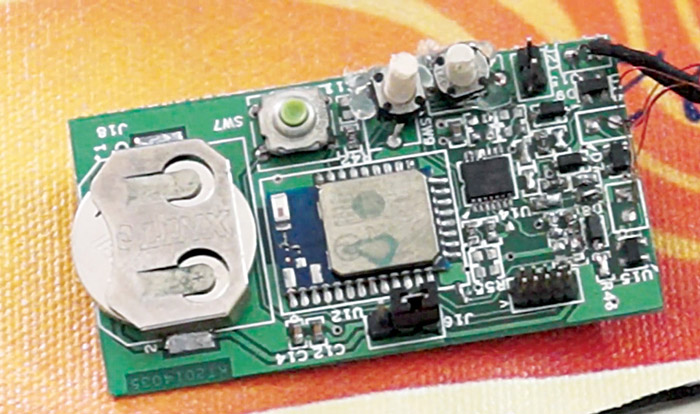Runners are among those lucky groups of people who are in the spotlight of the tech industry. Be it apps, wearables, services or dedicated devices, the sheer number of solutions targeting them show how popular running is.
But, are all those apps worth it? Except a few, these do not really leverage technology to help people run better, but just build the habit of going for a run, through crowd-sourcing support for each other. Of course, these all have that familiar pedometer functionality to give the runner a sense of achievement that he or she can unlock and tweet every time he or she runs.
What most people do not realise is that distance is not the only thing that matters while running—running form and style are also essential to enjoy and improve our runs. That is where Stridalyzer comes in.
Innovatively fusing sensors and data analytics into your sole
Focusing on the running form of the runner, instead of the number of steps, calories or distance, Stridalyzer is a wearable device that comes in the form of sensor-fitted insoles. It looks at running in a more holistic way, and aims to help users (runners) understand their running style and improve on it, so that they can run better and prevent injuries.
Sensors send data to your smartphone using Bluetooth Low Energy (BLE), which is the standard method for almost all wearable products. Stridalyzer app uses this data, in combination with the phone’s GPS data and intelligent analysis algorithms built into the device, to constantly monitor your run to provide guidance in real-time.

The great thing about this device’s design is that the device and its local processing units are designed to ensure minimal processing on the device. The device shifts out most of the processing to the Cloud.
“At this Cloud, we have maintained a very sophisticated biomechanical model of the human leg. The model operates on a real-time basis, providing users with real-time feedback. The device maintains a constant link between the wearable device, app and the Cloud server for functionality,” explains Anshuman, co-founder, Stridalyzer.
Once your run is complete, you can see the summary of your run, as well as deep-dive into your run-data by yourself or with your trainer, and understand what you did well and how you can do better.
The hardware
It uses a BLE module, a microcontroller integrated in it and an antenna. The signal-conditioning circuitry from sensors is connected to the sensors through analogue-to-digital conversion. Piezoelectric sensors that do not require power are embedded into the insole, so that users do not feel anything. These sensors are placed in strategic locations near the heels, toes and sides.

Sensors and the electronics function with very high accuracy, capturing high degree of details, including your foot landing, roll and push-off. The electronics are designed such that these last about a week on their charge. It takes about 15-20 minutes to charge each insole to its full level.
The software
The software and analytics are built on the fundamental philosophy of providing real-time, actionable guidance. This requires enormous effort in ensuring that the models based on which the analytics are done, can calculate with just enough accuracy and return the data to the app real-time, while being able to handle network latency and connectivity gaps.




